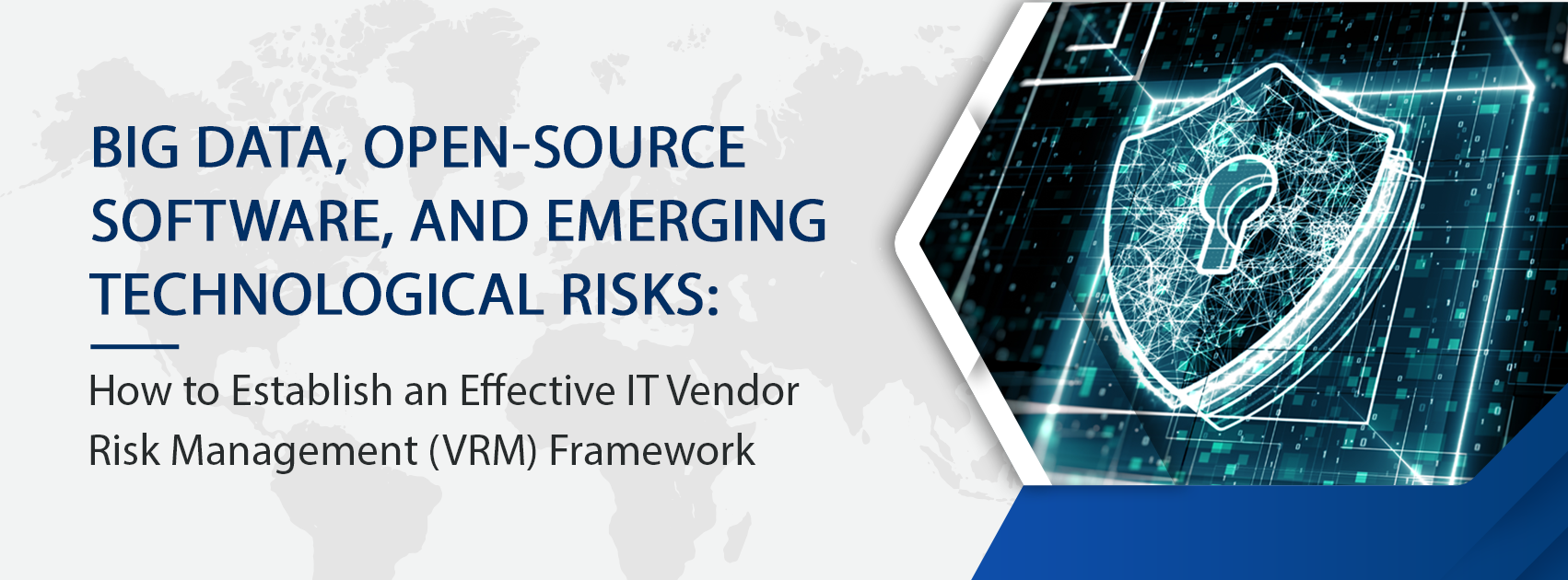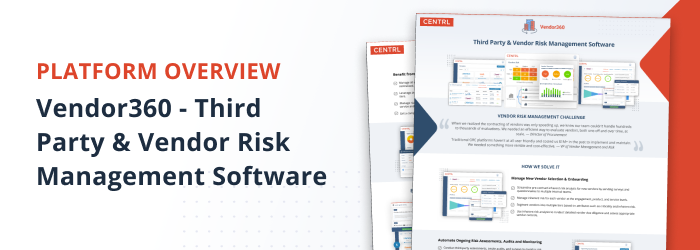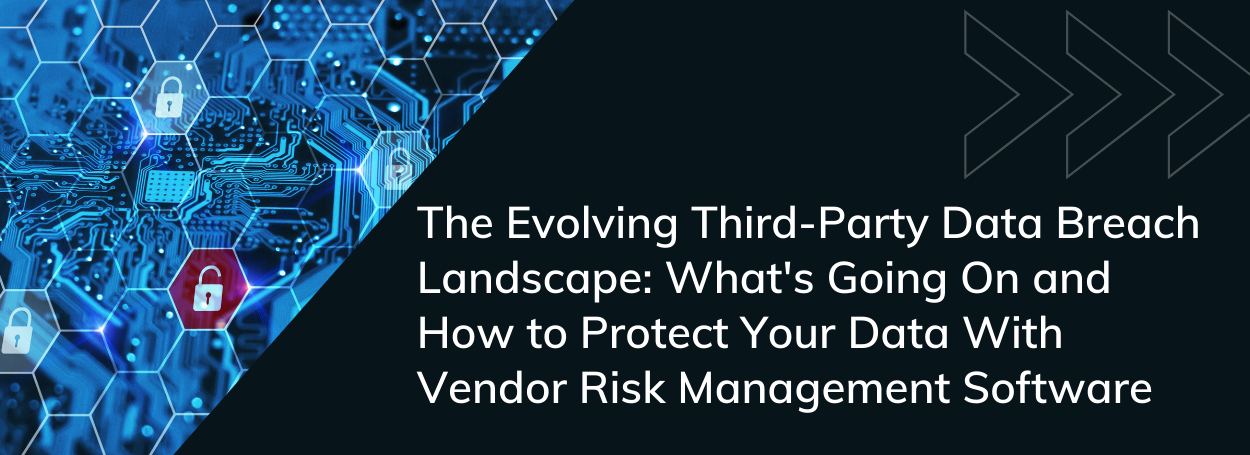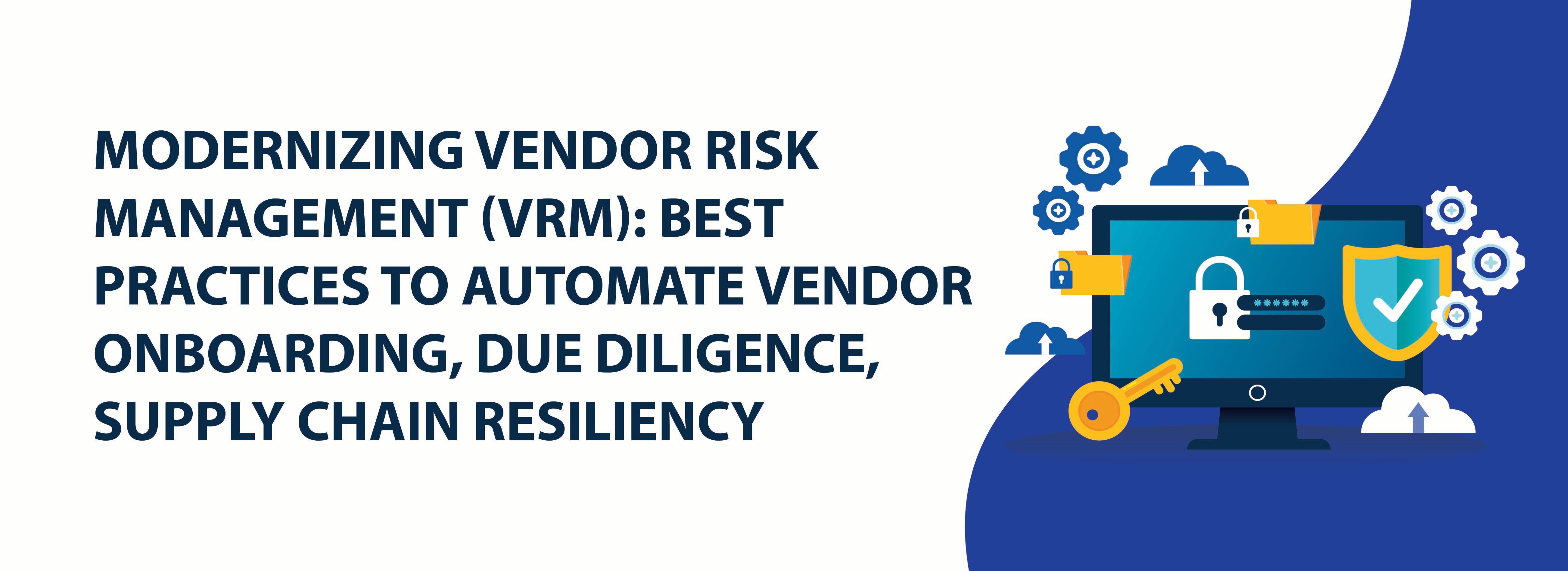Big Data, Open-Source Software, and Emerging Technological Risks: How to Establish an Effective IT Vendor Risk Management (VRM) Framework

Emerging technologies have opened up a whole world of new opportunities for businesses in the modern economy. Technologies like big data, Internet of Things (IoT), and open-source software are helping organizations to enhance their strategic, analytical, and operational capabilities. These technologies will continue to figure prominently across all industries and become more prevalent over time.
However, where these technologies offer unprecedented advantages, they also present unique challenges in the form of IT and cybersecurity risks. As such, effective use of modern technological solutions implies the establishment of an extensive Vendor Risk Management (VRM) program to maximize the benefits and minimize associated risks of these technologies.
Emerging Technologies and Cybersecurity Risks
The Big Data Challenge
Big data is a direct consequence of the staggering eruption of Internet-capable devices found in the hands and homes of pretty much every individual in society. The data sources are endlessly vast today, which has given rise to advanced technological capabilities, such as predictive analytics for accurate decision-making.
At the same time, these vast data sources present enormous opportunities for cybercriminals and hackers to work on their malicious designs. It is a truism in cybersecurity that as the number of devices generating valuable data grows, the risk of data breaches and security compromise increases in proportion.
It is imperative to make sure that big data continues to be an asset to your organizations rather than a liability that exposes you to threats with costs outweighing the benefits. This can be done by a proactive enactment of big data best practices in the form of intrusion detection systems, encryption, centralized key management, user management control, and more.
Balancing Open Source Convenience and Associated Risks
Open-source software has transformed industries in multiple ways. From the reduction of development lifecycles and better customizability to providing improved security, open-source software adds significant efficiency to traditional software development methods.
By its very nature, open-source code is publicly accessible. And many individuals assume that any open-source library is already satisfactorily reviewed for security vulnerabilities by the community of developers and analysts.
This assumption is, in fact, a misguided one. Snyk’s open source security report shows that 26% of maintainers never perform security audits for the code they’re using in applications. Although things have improved considerably over time (the 2018 survey reported 44% of maintainers neglecting audits), it is still a gaping source of avoidable breaches that organizations should keep their focus on.
Another survey found that many organizations lacked awareness about the use of open-source codes containing unpatched vulnerabilities. With 67% of organizations using open source components having vulnerabilities, the attack surface is tantalizingly large for hackers to execute their plans. And it continues to pose a serious threat to companies in a landscape where open-source codebases are taken for granted. A positive change here can go a long way in successfully tackling many of the risks associated with open-source software.
Emerging Technologies & the Evolving Threat Landscape
The innovative technological developments in the past few decades have led to an explosion of new tools and devices, delivering immeasurable value to organizations across every imaginable vertical.
For instance, the Internet of Things (IoT) is one of the fastest-growing emerging technologies today, with more than 30 billion IoT connections projected to exist by 2025. The vast network of connected devices represents a huge attack surface for malicious actors to exploit to the detriment of organizations and consumers alike.
Anything that is connected to the Internet is a potential source of vulnerabilities. IoT confers Internet connectivity to everything, from your refrigerator to a baby monitor. And since IoT devices are characterized by significantly lower processing and computational power than smartphones and computers, traditional security solutions such as anti-malware are not enough.
Existing IoT security is mainly confined to the network-level of system architecture. Endpoints are almost always incapable of direct protection in an IoT context. And as similar innovative technologies continue to emerge, vendors and organizations will need to navigate the security challenges and effectively mitigate the risks posed by these technologies.
How to Build IT Vendor Risk Management (VRM) Framework
If you depend on emerging technologies in business operations, you probably have a network of vendors that supply you with the materials, products, expertise and support you need.
A comprehensive VRM framework is essential for you to mitigate the risks that vendors of emerging technologies pose to your organization.
Here are the critical components of a robust IT VRM framework to help you manage these risks:
1. Assess and Segment Third-Party Vendor Risks
First, identify the nature and level of risks that each of your vendors poses to your IT infrastructure. These risks can be in the form of outdated software components, unpatched vulnerabilities, or poor and malware-prone development practices.
Once you’ve identified the risks associated with each vendor, segment and group vendors posing similar levels of risk to streamline your response and mitigation strategy.
2. Review Regulatory Compliance of Vendors
Make sure that your vendors are complying with data protection laws and the relevant cybersecurity regulations. Doing so can help you stay away from legal troubles. Also, remember that vendors that follow regulatory compliances are much better poised to ward off security threats that generally take root in the context of emergent technologies like big data and IoT.
3. Continuous Monitoring
Once you’ve performed the preliminary assessments and taken vendors onboard, you must commit diligently to undertaking periodic vendor audits and evaluations. Flag any issues that are likely to arise and assign relevant parties to deal with the risk. If your VRM framework is advanced enough to enable frequent audits, you can prevent the most severe dangers from ever materializing and disrupting your operation at any level.
Supercharge Your VRM Capabilities With Vendor360
Vendor360 is a flexible and comprehensive VRM software that automates many core activities associated with risk audits, assessments, and mitigation. The tool uses a centralized database to aggregate policy documents, survey questionnaires, and audits of all vendors.
Vendor360 also provides intuitive workflows to streamline your entire VRM program, minimizing supply chain risks that emerging technologies present to organizations.
Incorporate CENTRL’s Vendor360 in your VRM program to effectively manage cybersecurity threats emanating from vendors at all levels.
Learn more about Vendor360 or schedule a live demo today to foolproof your VRM strategy.


